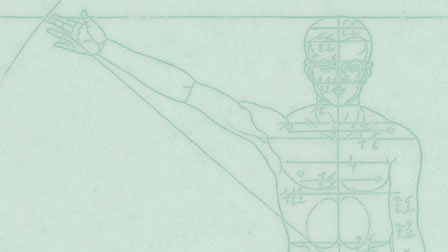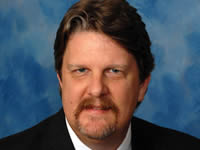COURSE and LEARNING OBJECTIVES
Upon completion of the course, the participant should:
- better understand the adverse impact of aggressive tip cartilage excision upon nasal form and function
- recognize the classic stigmata of over-aggressive excisional rhinoplasty techniques
- appreciate the importance of structural support in achieving a durable, attractive, and well-functioning nose with open rhinoplasty
- learn new open rhinoplasty techniques to achieve favorable outcomes without aggressive skeletal reduction
SPECIAL GUEST
Richard E. DAVIS, MD
Miramar - Florida, USA
Miramar - Florida, USA
FACS graduated magna cum laude from the University of Georgia in 1981. He then specializes in primary and revision rhinoplasty and limits his ...
DISCUSSANT
Enrico ROBOTTI, MD (Bergamo, Italy)
COURSE DIRECTORS
Andrea GRISOTTI, MD
Riccardo MAZZOLA, MD
SCIENTIFIC SECRETARIAT
Massimo CALLEGARI
Ilario DE LORENZI

PROGRAM
- 08:30 - 08:45Registration
- 08:45 - 09:00Opening Remarks(A.Grisotti, R. Mazzola)
- 09:00 - 13:00Live SurgeryOpen Rhinoplasty (R.E. Davis)
- 13:00 - 14:00Lunch
- 14:00 - 14:45LectureNasal Hump Reduction with Powered Instrumentation: Indications and Advantages. ( R.E. Davis)
Traditionally, nasal hump reduction has been performed using the Rubin osteotome and/or hand rasps. While these methods still predominate today, the use of blunt-force instrumentation increases the risk of excessive skeletal destabilization and flawed surgical outcomes. Modern electric-powered instrumentation offers an attractive alternative to traditional techniques to enhance control and precision while avoiding many of the risks associated with blunt-force techniques. - 14:45 - 15:30LectureCauses of Rhinoplasty Stigmata in the Nasal Tip: The Importance of Strong Structural Support. (R. E. Davis)
Owing to the increased popularity of cosmetic rhinoplasty, failed rhinoplasty outcomes are becoming increasingly more common. Although failed rhinoplasty outcomes may derive from a myriad of root causes, a disproportionate number of unsuccessful rhinoplasty outcomes are due, at least in part, to inadequate structural support. Usually these structural insufficiencies present with an undesirable stereotypical appearance resulting from characteristic cosmetic stigmata. Avoiding these unwanted stigmata requires maintaining adequate structural support. - 15:30 - 15:45Coffee break
- 15:45 - 16:30LectureThe “Tongue-in-Groove” Technique and the Caudal Excess Nasal Deformity – Addressing a Commonly Neglected Cosmetic Deformity. (R.E. Davis)
Caudal over-growth of the caudal septum and/or nasal spine is a common morphologic characteristic of the Mediterranean nose. Ironically, this highly conspicuous contour abnormality is often under-treated or even ignored altogether in contemporary cosmetic rhinoplasty. Identifying and treating this contour deformity using the Tongue-in-Groove technique will greatly enhance the cosmetic outcome in patients with the caudal excess deformity. - 16:30 - 17:15LectureCartilage-Sparing Refinement of the Large Nasal Tip. (R.E. Davis)
Until recently, traditional methods for refinement of the large nasal tip have been almost exclusively excisional in nature. Even today, the classic “cephalic trim” technique still predominates in contemporary tip rhinoplasty. Although the cephalic trim method may prove effective for some rhinoplasty patients, a sizeable subgroup of rhinoplasty patients will experience adverse outcomes from over-aggressive resection of the cephalic margin. Fortunately, tissue-sparing techniques, when combined with cartilage grafting techniques, offer an alternative approach to tip refinement in which long-term results become far more durable and predictable. - 17:15 - 17:30Q&A
- 17:30 - 18:00Evaluation through questionnaire
- 18:00 - 18:15Conclusions and Adjournment
COURSE VENUE
CASA DI CURA SAN PIO X
Via Nava, 31 – Milan (MI)

